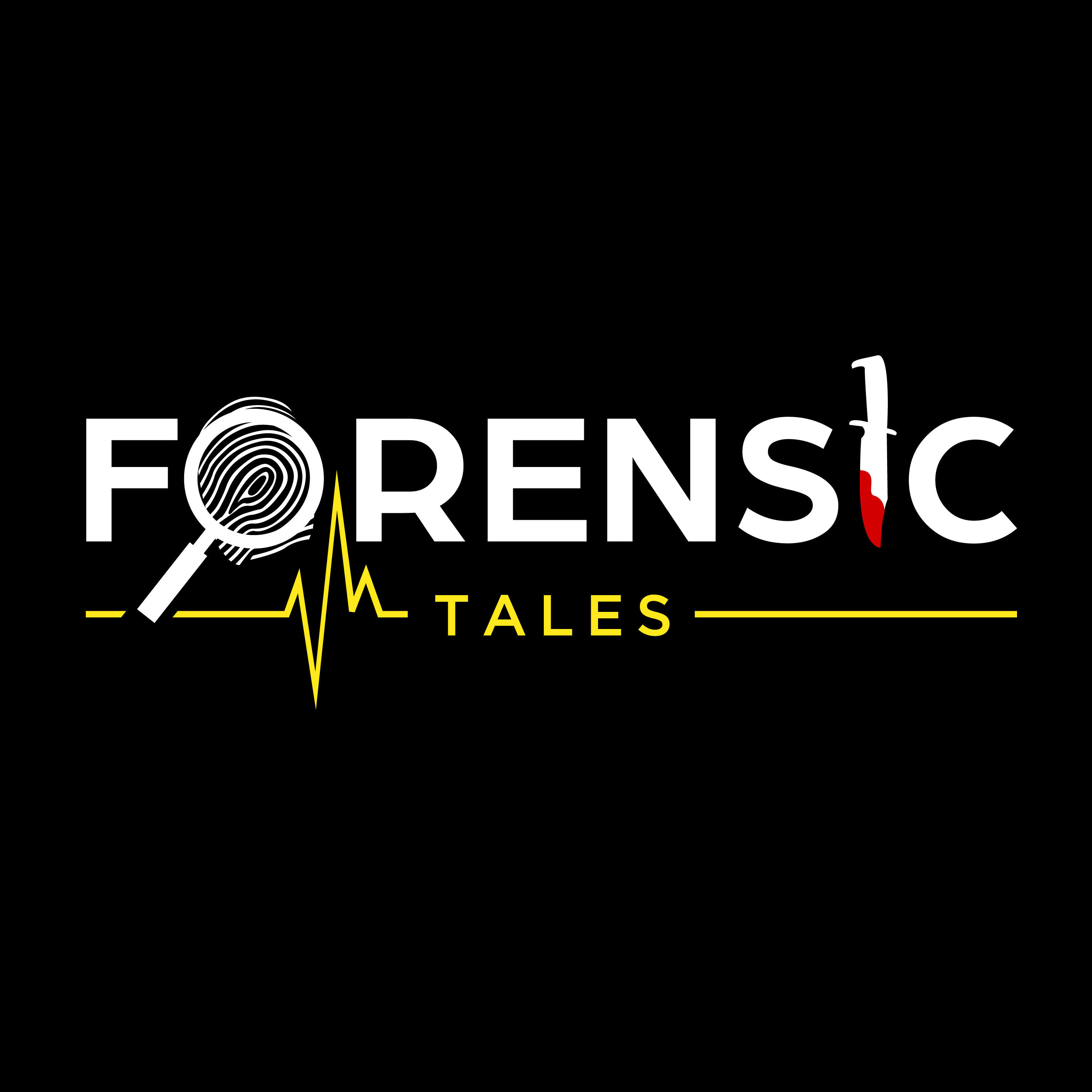Subscribe to Forensic Tales Podcast so you don’t miss an episode!
January 14, 1947, in a South Los Angeles neighborhood known as Leimert Park, a woman, Betty Bersinger, is walking with her 3-year-old daughter around 10:00 in the morning when she discovers the dead body of a woman. Not only is the woman dead, her body has been cut in half and she’s been drained of all her blood.

Photo Source: Kcet Website
The body was immediately transported to the Los Angeles coroner’s office for an autopsy to be performed on the Jane Doe. The body had been cut in half with surgical precision, almost as if she underwent some medical or surgical procedure, it was that clean. A previous arrest identified Jane Doe as 22-year-old Elizabeth Short.

Photo Source: Rolling Stone (website)
On January 9, 1947, 5 days before her murder, Elizabeth returned to her home in Los Angeles after a quick trip down south to San Diego. She was with a guy named Robert “Red” Manley, a 25-year old that she was reportedly dating at the time, although he was married. Robert Manley told police that after he picked Elizabeth up from her house on January 8, he took her to the Biltmore Hotel in downtown Los Angeles. Elizabeth was seen by hotel workers talking on a payphone.

Photo Source: KCet (website)
Some people even reported seeing Elizabeth about a half-mile away from the Biltmore Hotel at the Crown Gill Cocktail Lounge that evening.
On January 21, six days after her severed body was discovered, a person claiming to be Elizabeth Short’s killer placed a phone call to the office of James Richardson, the editor of Examiner newspaper. The caller taunted the newspaper editor and said that he would send over some quote “souvenirs” of Elizabeth Short very shortly, proving that he was her killer.
A couple of days later, on January 24, a suspicious envelope addressed to the “Los Angeles Examiner” was spotted by a U.S. postal worker. The letter was addressed with letters that had been individually cut-and-pasted to the envelope. The front of the envelope read, “Here is Dahlia’s belongings, letter to follow.”

Photo Source: Toronto Sun
Inside the envelope, postal workers discovered Elizabeth’s birth certificate, business cards, photographs, and an address book with the name of Mark Hansen embossed across the cover. The envelope had been carefully cleaned with gasoline, which was very similar to how Elizabeth Short’s body was found.
The same day that the envelope was received at the Examiner, a handbag and a black suede shoe was reported to have been seen on a garbage can, just a short distance from where Elizabeth’s body was discovered.
After the interview with Mark Hansen, the name of the man found in the envelope, police interviewed more than 150 men over the next couple weeks.
By this point in the investigation, 750 investigators from the LAPD and other surrounding police departments worked on the case to try and find Elizbeth’s Short’s killer. City Councilman Lloyd David even offered a $10,000 reward, which in today’s money is well over $100,000, to anyone with information about the case.

Photo Source: Toronto Sun
Elizabeth Short’s murder became known as the Black Dahlia.
By mid-February 1947, there seems to be a small break in the case of the Black Dahlia. The LAPD served a search warrant on the University of Southern California Medical school. And in the search warrant, the LAPD requested a complete list of students at the time of the murder, based on the suspicion that the killer might be a doctor or surgeon. But the search warrant didn’t lead to any arrests or even a suspect in the murder.
The months after Elizabeth Short’s death rolled by, with no answers to who her killer might be. By the Spring of 1947, her case officially became a “cold case,” and this is how the case would remain.
Although the murder of Elizabeth Short remains unsolved, over 500 individuals have confessed to her murder.
John Douglas, a retired FBI special agent, is one of the FBI’s first criminal profilers assigned to the case. His profiling inspired the super popular Netflix series, MindHunter. Douglas created a criminal profile of the Black Dahlia’s killer. He believed the killer must have known Elizabeth pretty well at the time of the murder. It was not a random act of violence. He wanted the entire world to see who Elizabeth Short was. He felt like she wronged to him.

Photo Source: Time Website
The murder of Elizabeth Short has been described as one of the most brutal murders in American’s history. It has also been described by Times magazine as one of the infamous unsolved cases in the entire world.
To listen to the complete story of the Black Dahlia, subscribe to Forensic Tales podcast on Apple Podcast, Pandora, Stitcher, Spotify, or wherever you listen to your favorite podcasts.
Episode Sources:
Black Dahlia Wiki
The Black Dahlia FBI website
Rolling Stone website

Recent Comments